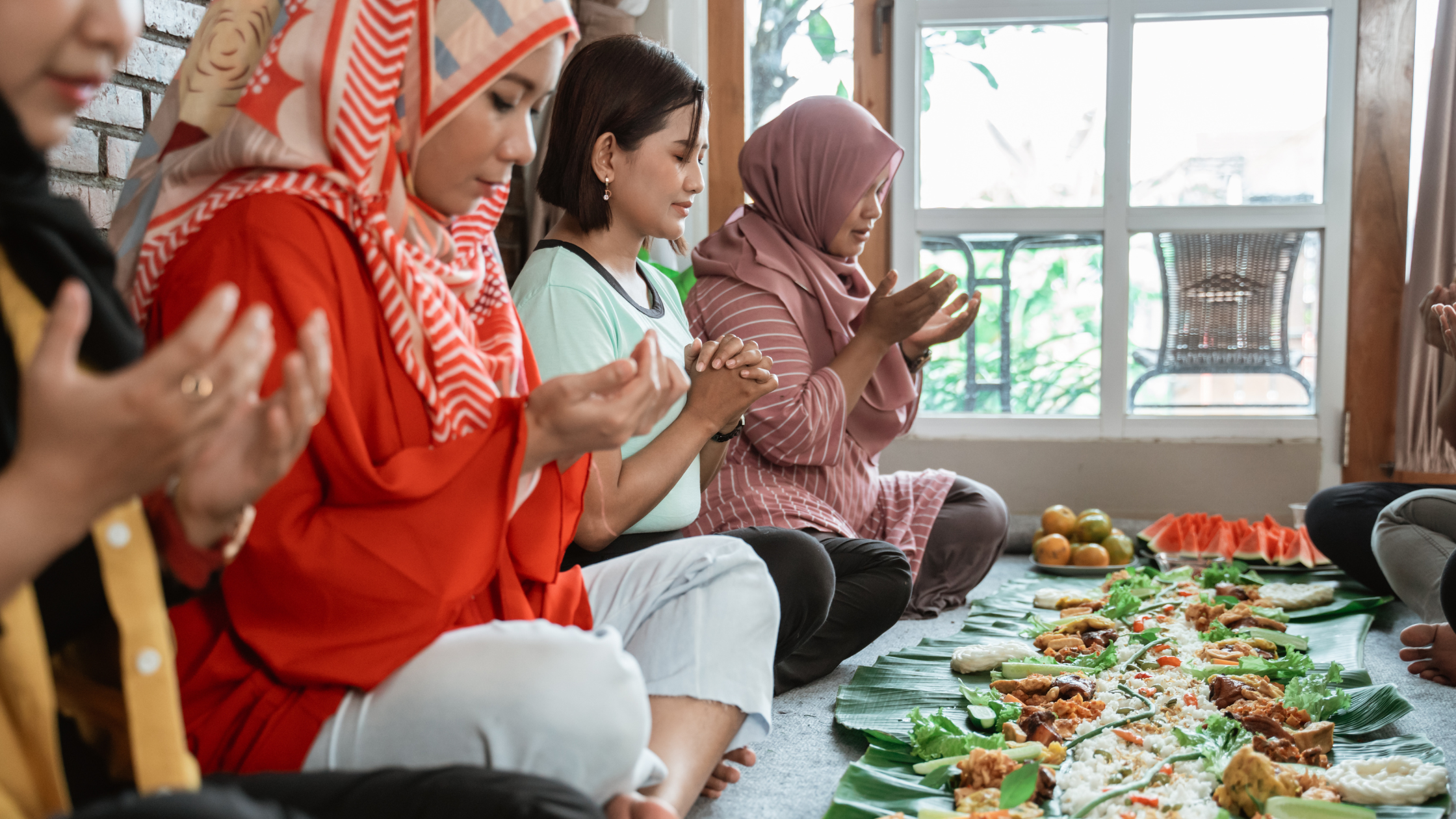Given that over the next week we will celebrate Canada Day and Multicultural Day, I thought this was a good time to take stock of how Canada fares on the question of diversity and pluralism. There’s a lot good, some that is quite troubling, and some things we might do in order to ensure the ongoing health of our democracy and a sense of belonging for all.
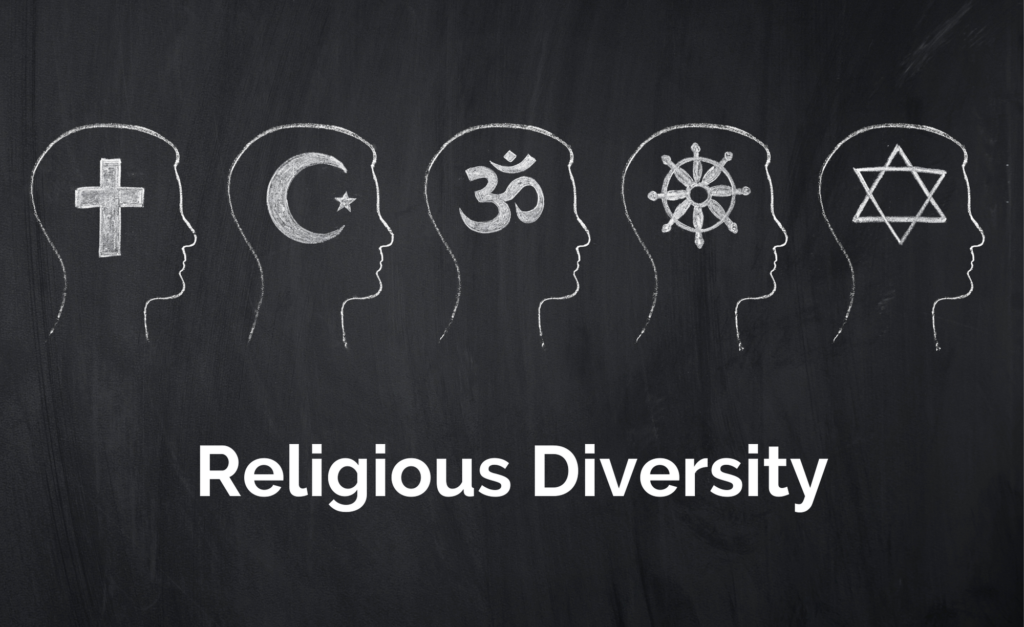
Photo credit: Canva.com
The Good
There has been heightened attention in recent years to how pervasive discrimination and stereotyping can be – and rightfully so – but we should also note that Canada is both one of the more diverse nations on earth and, simultaneously, a place where pluralism works perhaps as well as anywhere else.
How diverse is Canada? Well, diversity can be measured in many ways. As my centre focuses on religion, let me say clearly: Canada is far more religiously diverse than even the United States. Demographically, we have about twice as many Buddhists and Hindus, about four times as many Muslims and perhaps 10-12 times as many Sikhs, relative to population size than you find in the USA. Versus the UK, we have fewer Muslims, but more of all the other groups. In short, this is a very diverse country and one whose unusually high level of immigration means we are becoming more diverse all the time.

Photo credit: Canva.com
Diversity sometimes causes a backlash, and one way this backlash shows up is in anti-immigrant sentiments. Of course many minorities are not immigrants but anti-immigrant measures are a good way of capturing negative feelings towards non-dominant groups. However, despite Canada’s high levels of religious diversity noted above, several studies including this recent one show Canadians have arguably the most overall positive outlook towards immigrants.
In addition, Canada’s prominent right-wing party, the Conservative Party (or the Progressive Conservative Party in some provincial politics) generally does not play the anti-immigration card. There have been exceptions such as the “barbaric cultural practices” hotline suggested in the 2015 federal election. But overall Harper’s government was known for Jason Kenney’s constant presence in mosques and temples and Doug Ford, and his colleagues in other provinces, generally avoid overly racist or anti-immigrant language (except in Quebec). In comparison, right wing parties in France, Germany, and the USA often routinely espouse anti-immigrant sentiments. That such views are more marginal in Canada’s right-most party is frankly unusual and quite important.
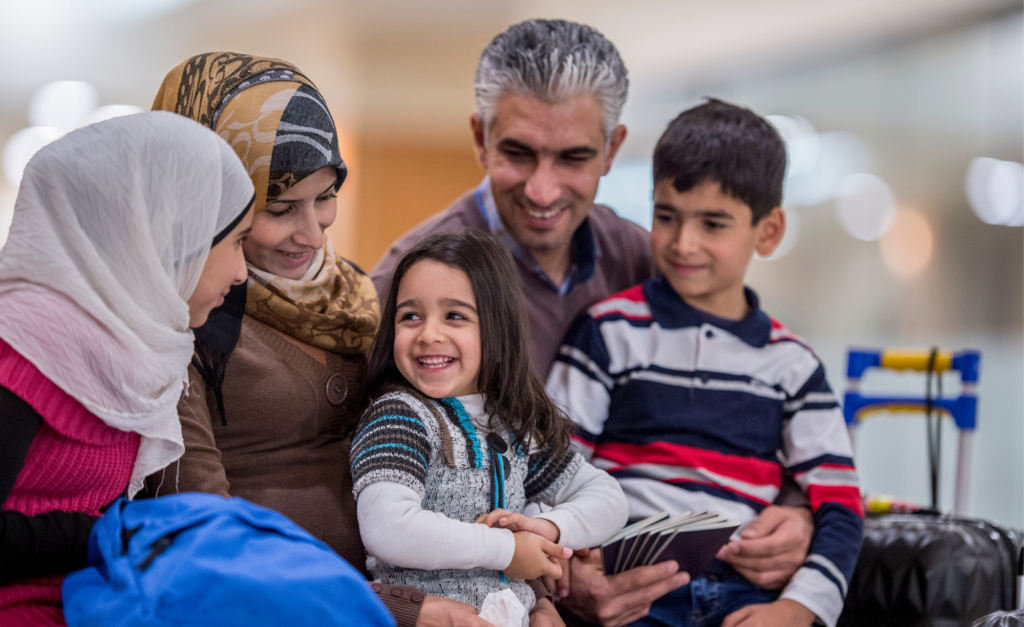
Photo credit: Canva.com
The Bad
That said, not all is well. Most notably, hate crimes in Canada surged in 2017 and have not abated since. The country saw a record number of hate crimes in 2020 and early data suggests 2021 might break that record again. Some of Canada’s most high-profile attacks have targeted religious minorities (specifically Muslims) including the family killed in London Ontario in 2021 and the 2017 murder of six men at a Quebec City mosque. Beyond these high-profile events, many other incidents happen that most Canadians will be unaware of. For example, there were seven different incidents of brown Muslim women being attacked in public places in just one city (Edmonton) a year ago. And 2021 likely saw a new record in Canada for hate crimes against Jews. The surge in antisemitism is occurring in many, many countries in what human rights lawyer Irwin Cotler calls a “pandemic of hate.”

Photo credit: Canva.com
A recent Canadian study revealed that religious minorities carry concerns about safety and acceptance to work, where they report less comfort speaking up at work than even racial minorities or women.

Photo credit: Canva.com
What Can We Do?
Two steps we can take are education and engagement. We need to learn more about the diverse communities that comprise this country. Indigenous voices, racial minorities, and others need platforms and airtime to share their stories. The religious communities I engage with face a particular barrier as our culture has taught us to be afraid to discuss people’s religiosity. When we can’t discuss a central aspect of many people’s identity, we will remain ignorant of their identity and ultimately of them. That not-knowing breeds fear and is a blank canvas that invites stereotyping. We need to support religious literacy education in our classrooms, our offices, and our communities.
Second, education should be supported by engagement or “contact theory.” Contact theory is a well researched approach that shows that stereotyping diminishes when people have opportunities to connect with those who differ from them. This is the heart of Encounter’s work and the impetus for our name. Our goal is to introduce people to those from other communities in ways that foster connection and expose us to the internal diversity within any community.
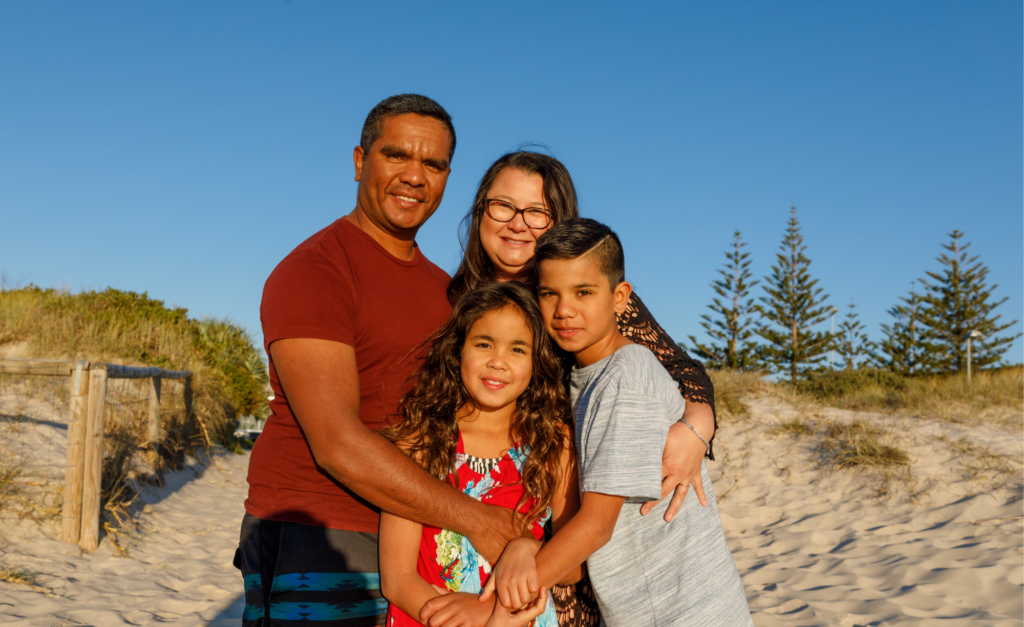
Photo credit: Canva.com
Whatever its faults, Canada remains, I think, a great place to live, thanks in part to the hard work of activists and leaders who have pushed for equality and inclusion for women, the LGBTQ+ community, minorities and Indigenous peoples. We must learn from them the importance of facing and dismantling injustices and inequities wherever we encounter them, so that full inclusion and a sense of belonging for all becomes a reality. Much has been accomplished but much work remains.
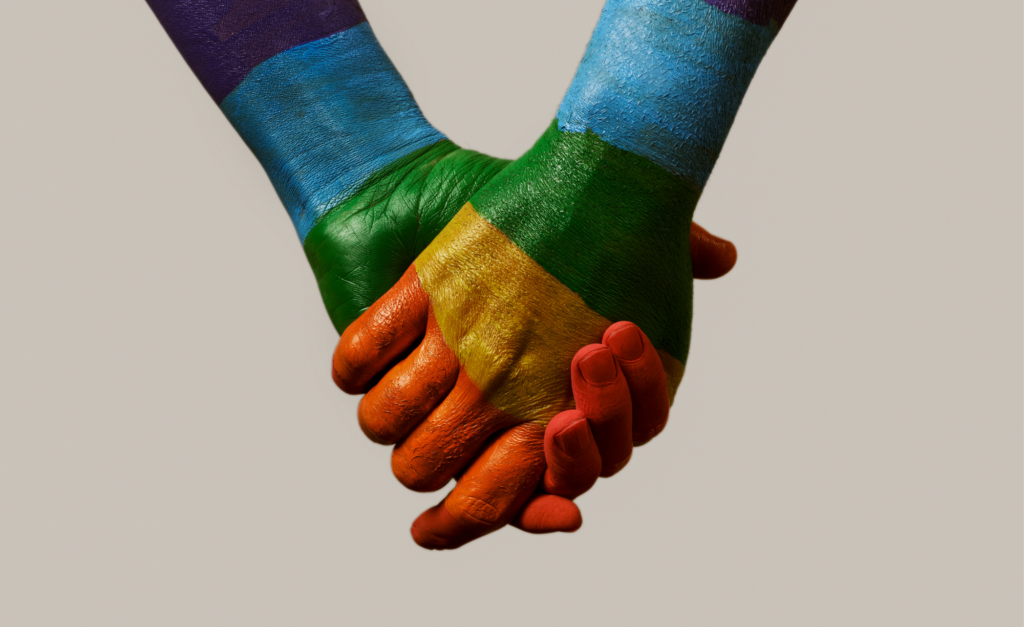
Photo credit: Canva.com



